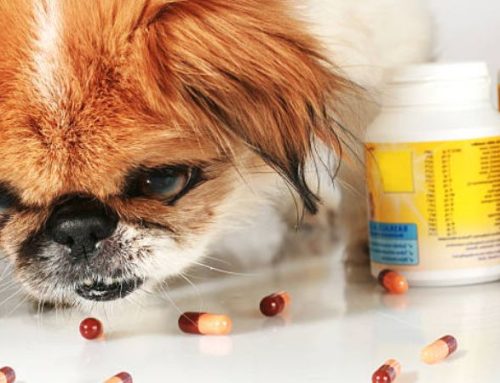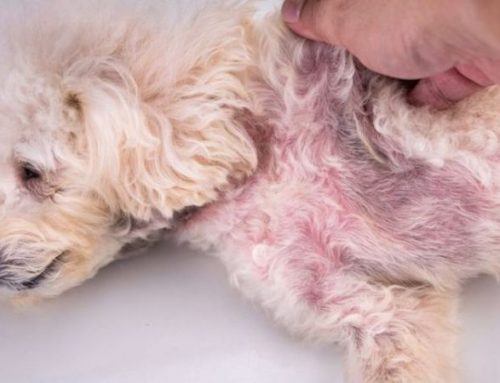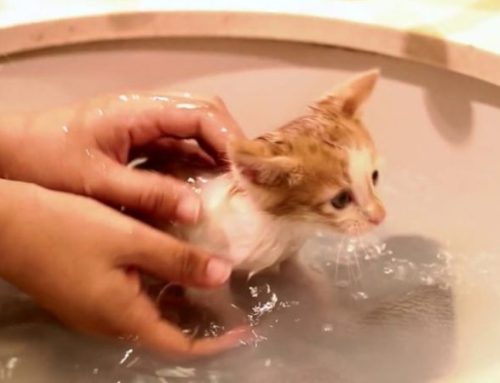Ever found yourself daydreaming about a house full of tiny, purring bundles of joy and wondered just how many kittens your cat could bring into the world? From that first tiny mew to the pitter-patter of little paws across your floor, the journey of a cat’s motherhood can be full of surprises. Let’s dive into the fascinating numbers behind a cat’s litter and uncover what to expect from your feline friend.
Litter Size and Frequency
Understanding a cat’s reproductive patterns is essential for predicting how many kittens she might have over her lifetime. This section establishes the baseline data needed for all calculations and helps cat owners make informed decisions about breeding, spaying, and overall feline care.
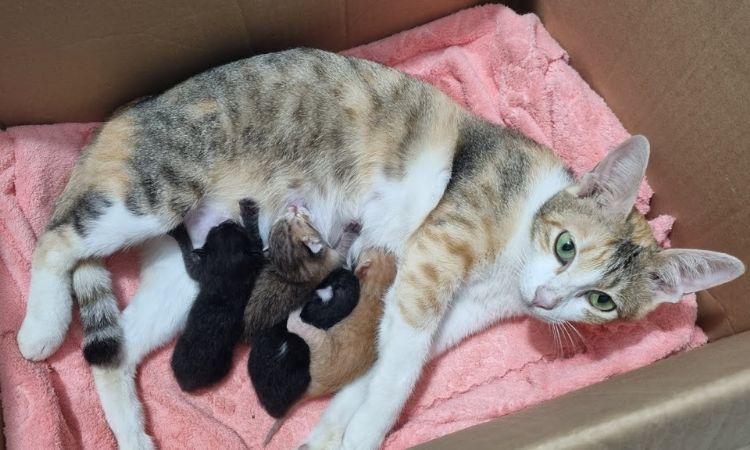
How Many Litters Can a Cat Have?
Most healthy domestic cats can produce 1 to 3 litters per year, depending on factors such as breed, age, nutrition, and environmental conditions. In warmer climates, or for cats that are not spayed, some may reproduce year-round, meaning the number of litters could approach the higher end of this range.
Average Litter Size
A typical litter consists of 4 to 6 kittens, though first-time mothers often have smaller litters of 1 to 3 kittens. Some breeds, like Siamese, are known to produce larger litters on average, while others, such as Persians, may have smaller litters. Genetics, maternal health, and nutritional status all play crucial roles in determining litter size.
Initial Litters Deep Dive
- First-Time Litters: First-time queens usually have fewer kittens. On average, the first litter contains 2 to 4 kittens, as the cat’s reproductive system is still maturing. Proper nutrition, low stress, and veterinary monitoring can help ensure both mother and kittens remain healthy.
- Second and Subsequent Litters: Interestingly, second litters may be larger than the first, sometimes reaching 5 to 7 kittens. This is due to the mother’s reproductive system becoming more efficient and her body being better prepared to support gestation. However, litter size can fluctuate with age, health, and environmental conditions.
Reproductive Lifespan
Cats reach sexual maturity as early as 4 to 6 months, and unlike humans, they do not experience menopause. Fertility gradually declines with age, but cats can theoretically continue producing kittens well into their later years. That said, frequent pregnancies and large litters can take a toll on a cat’s health. Overbreeding can lead to exhaustion, malnutrition, and increased risk of mortality, making it crucial to monitor breeding frequency.
By understanding litter size, frequency, and reproductive lifespan, cat owners can make informed decisions about how many litters a cat can safely have and ensure the health and longevity of their feline companions.
Kitten Counts Over Time
How Many Kittens Can a Cat Have in a Year?
A healthy female cat can typically produce 2-3 litters per year, depending on her age, health, and environmental conditions. With an average litter size of 4-6 kittens, the annual kitten output can be estimated as follows:
- Low end: 2 litters × 4 kittens = 8 kittens per year
- High end: 3 litters × 6 kittens = 18 kittens per year
This range demonstrates that a single cat, if unspayed and in good health, can produce 8-18 kittens each year. It’s important to note that this calculation assumes optimal nutrition and no health complications, which is why actual numbers may vary.
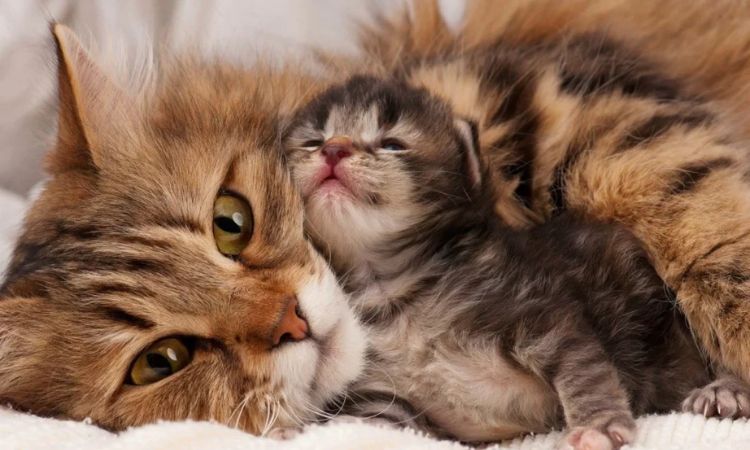
How Many Kittens Can a Cat Have in 5 Years?
Projecting over five years, we simply multiply the annual capacity by five:
- Low end: 8 kittens/year × 5 years = 40 kittens
- High end: 18 kittens/year × 5 years = 90 kittens
This estimate shows that even a single unspayed cat can produce 40-90 kittens in just five years. This projection highlights why responsible breeding and spaying are critical to prevent overpopulation and safeguard the health of the mother cat.
How Many Kittens Can a Cat Have in 10 Years?
Extending the calculation to a full decade, the numbers become even more striking:
- Low end: 8 kittens/year × 10 years = 80 kittens
- High end: 18 kittens/year × 10 years = 180 kittens
Over ten years, a single fertile cat could theoretically produce 80-180 kittens, assuming she remains healthy, well-fed, and unspayed. While this represents maximum reproductive potential, real-world numbers often fall below these figures due to natural limits like fertility decline with age, health issues, and environmental factors.
Key Factors That Influence Fertility and Litter Size
While the potential number of kittens a cat can produce is impressive, several critical factors influence fertility and litter size. Understanding these variables adds context to the numerical projections and helps cat owners, breeders, and enthusiasts make informed decisions about care, breeding, and population management.
Age and Health: Peak Fertility Years
A cat’s reproductive potential is closely tied to her age and overall health. Female cats, or queens, typically reach sexual maturity between 6-12 months of age, though some may mature slightly earlier or later depending on breed and individual development. Peak fertility usually occurs between 2 to 6 years of age, when cats are most likely to produce larger and healthier litters.
After around 7-10 years, a queen’s fertility gradually declines, and pregnancies carry higher risks of complications. Health issues, chronic disease, or previous pregnancies can further impact litter size and kitten survival, making proper veterinary care essential throughout her reproductive life.
Nutrition: Supporting Healthy Litters
Proper diet is fundamental for a cat’s ability to conceive, carry, and nurse kittens successfully. Well-nourished queens are more likely to have:
- Larger litters
- Healthy, robust kittens
- Adequate milk production during nursing
Conversely, malnutrition, poor-quality food, or stress can reduce litter size, cause miscarriages, or compromise kitten survival. High-protein diets rich in essential vitamins and minerals, along with consistent access to clean water, are crucial for sustaining reproductive health.
Breed: Genetic Differences in Litter Size
Genetics play a significant role in litter variability. Certain breeds are naturally predisposed to produce larger litters, while others typically have fewer kittens:
- Siamese, Maine Coon, and Oriental cats: Often produce 5-6 kittens per litter, occasionally more.
- Persians and Himalayan cats: Usually have smaller litters, around 3-4 kittens.
- Mixed-breed cats: Show considerable variation, reflecting their diverse genetic backgrounds.
Recognizing breed tendencies helps predict litter sizes more accurately and supports responsible breeding practices.
Environmental Factors: Seasonal and Polyestrous Cycles
Cats are seasonally polyestrous, meaning they can go into heat multiple times during the breeding season, which typically runs from spring to autumn in most climates. Environmental factors such as daylight length and temperature influence the frequency and duration of estrus cycles:
- Longer daylight hours trigger more frequent heat cycles, increasing the chance of multiple litters per year.
- Indoor cats exposed to artificial lighting may experience heat cycles year-round, further affecting litter frequency.
Understanding these environmental influences is crucial for managing reproduction and predicting kitten production over time.
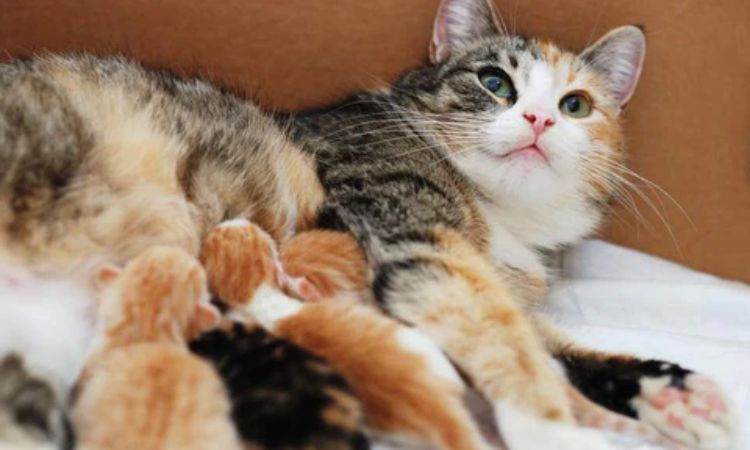
Myth-Busting: What Doesn’t Predict Litter Size?
A common question among new cat owners is whether you can predict the number of kittens by counting a cat’s nipples. Despite widespread belief, this is a myth. While most cats have 8 nipples, this number does not determine the size of her litter. Some queens with many nipples may have small litters, while others with fewer nipples can give birth to several kittens.
Litter size is influenced by factors such as age, health, genetics, nutrition, and breed, rather than the physical number of nipples. First-time mothers often have smaller litters, and subsequent litters may vary in size depending on the queen’s condition and reproductive experience.
Believing that nipple count predicts litter size can lead to misconceptions and unnecessary concern. For accurate expectations, it’s best to focus on the queen’s overall health and breed tendencies rather than counting nipples.
Content you may be interested in:
Understanding a cat’s lifetime reproductive potential goes beyond simple curiosity it highlights the importance of responsible pet care. Factors like breed, age, health, nutrition, and reproductive frequency all shape how many kittens a queen may produce. While the numbers can be surprisingly high, each cat’s situation is unique, and thoughtful management of breeding or spaying ensures the well-being of both mother and kittens. Awareness of these variables empowers owners to make informed decisions, balancing the joy of kittens with the health and longevity of their cats.



